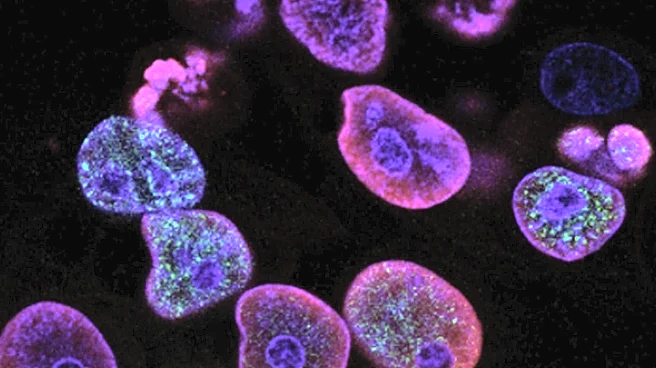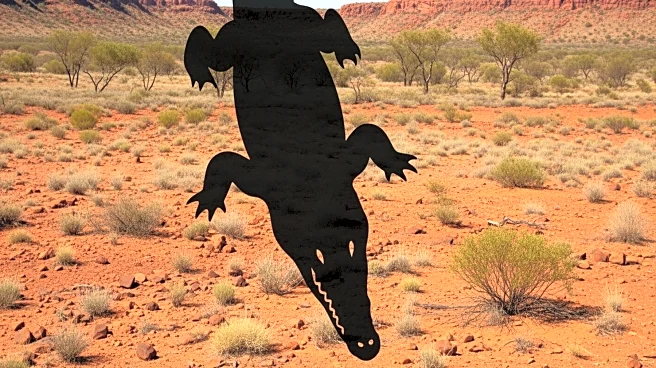What's Happening?
Scientists have successfully sequenced RNA from a 39,000-year-old woolly mammoth named Yuka, challenging the belief that RNA cannot survive in ancient samples. The discovery provides insights into the mammoth's
gene expression and offers a new perspective on the study of ancient life. The research, published in the journal Cell, demonstrates the potential for RNA to reveal details about past biological processes.
Why It's Important?
The ability to sequence ancient RNA opens new avenues for understanding the biology and evolution of extinct species. It could lead to breakthroughs in reconstructing gene expression patterns and studying ancient viruses, offering a more comprehensive view of historical ecosystems and their changes over time.
What's Next?
Researchers may continue to explore the potential of ancient RNA in various fields, including paleogenomics and virology. The development of techniques to recover RNA from well-preserved specimens could expand the scope of genetic research and enhance our understanding of evolutionary history.
Beyond the Headlines
The discovery challenges existing scientific paradigms and highlights the importance of innovative approaches in research. It may lead to broader discussions about the preservation of genetic material and the ethical considerations of studying ancient life.











